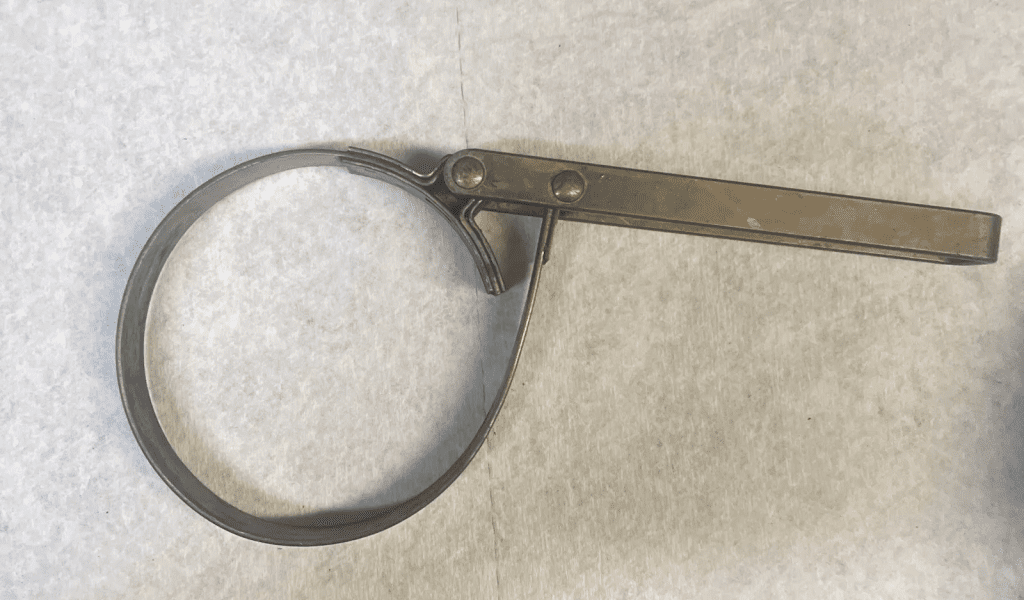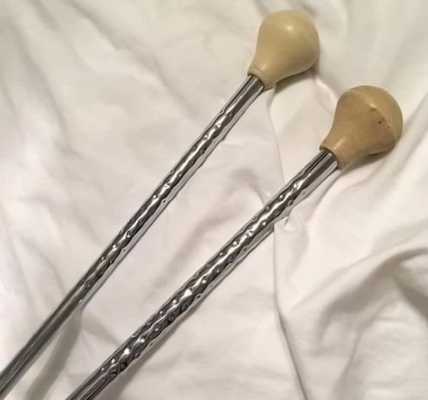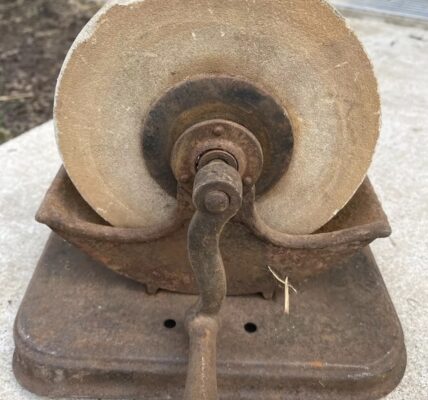The automobile industry witnessed massive growth in the early 20th century, which brought with it a host of new challenges, especially when it came to vehicle maintenance. Among the various tools that emerged during this period, the oil filter wrench stands out as one of the most important. This simple yet effective tool played a pivotal role in the upkeep of early automobiles. In this article, we’ll explore the early development of the oil filter wrench, how it works, and the enduring legacy it has left on car maintenance today.
The Rise of Car Ownership and the Birth of the Oil Filter Wrench

As cars became more common in the early 1900s, regular vehicle maintenance became a necessity. One of the most critical maintenance tasks was changing the engine oil, a practice that ensured the longevity and performance of the vehicle. Alongside the need for regular oil changes came the development of oil filters, which trapped contaminants that could otherwise damage the engine.
However, as oil filters needed to be replaced frequently, a specific tool was required to help mechanics remove and install them efficiently. Thus, the oil filter wrench was born. Early versions of the tool were basic but functional, often consisting of a simple strap or chain mechanism that could wrap around the oil filter, giving mechanics the grip they needed to apply torque and loosen or tighten the filter.
The invention of the oil filter wrench made oil changes quicker and more efficient, especially as car engines evolved and became more complex. This tool became essential for mechanics and car owners alike, paving the way for more advanced designs in the future.
Early Designs: The Evolution of the Oil Filter Wrench
The earliest oil filter wrenches were quite rudimentary in design, but they got the job done. These tools typically used straps, loops, or chains to wrap around the cylindrical filter. With the help of a handle, mechanics could then apply torque to loosen or tighten the filter. The simplicity of the design was what made these wrenches so popular in the early days of the automobile industry.
The strap wrench, for example, used a flexible strap that could wrap around the oil filter. As mechanics pulled the handle, the strap would tighten around the filter, providing the necessary grip to turn it. Meanwhile, the chain wrench employed a similar concept but used a metal chain instead of a strap, offering a stronger and more durable grip for stubborn filters.
As car technology advanced and engines became more compact, the need for different types of oil filter wrenches emerged. Tight spaces under the hood made it difficult to use the traditional strap or chain wrenches, so more specialized tools were developed, such as cup-style and claw-type wrenches, which could easily fit into narrow spaces while still providing a strong grip on the filter.
How the Oil Filter Wrench Works: A Closer Look
The primary purpose of the oil filter wrench is to make the process of loosening and tightening oil filters more manageable. Typically, oil filters are located in tight, hard-to-reach spots underneath the engine. The wrench wraps around the filter and, with the help of the handle, allows the mechanic to apply the necessary force to either unscrew or tighten the filter.
Different types of oil filter wrenches offer varying degrees of grip and usability:
- Strap Wrench: This design features a flexible strap made of rubber, cloth, or metal that tightens as you pull the handle. It’s versatile, fitting a range of filter sizes.
- Chain Wrench: More robust than the strap wrench, this design uses a metal chain to grip the filter. It’s best for filters that are stuck on too tightly.
- Cup-Style Wrench: This wrench fits directly over the end of the oil filter like a socket. It’s ideal for filters that are deeply recessed or have little clearance around them.
- Claw-Type Wrench: This tool uses three metal “claws” that tighten around the filter as you turn the wrench. It’s perfect for high-torque situations where extra grip is needed.
Each type of wrench serves a unique purpose, making the process of removing or installing oil filters more efficient and user-friendly. No matter the design, the oil filter wrench remains an indispensable tool for mechanics.
The Evolution of Oil Filter Technology
Although oil filter technology has significantly advanced since the early 20th century, the core purpose remains the same: to keep contaminants out of the engine. Modern oil filters are designed to last longer and provide better filtration than their early counterparts, but even with these advancements, the need for regular oil changes and filter replacements persists.
With these technological improvements, new tools have emerged to complement the latest filters. Today’s mechanics have access to wrenches specifically designed for modern oil filters, but the basic concept of the oil filter wrench remains largely unchanged. Its evolution has merely refined the design, adapting it to fit the needs of newer, more compact engines.
The Vintage Oil Filter Wrench: A Collector’s Item

While modern oil filter wrenches have become more specialized, there’s still a sense of nostalgia and admiration for the original designs. Vintage oil filter wrenches, particularly those from the early 20th century, are now sought after by collectors and classic car enthusiasts. These early tools not only represent the ingenuity of the time but also offer a glimpse into the evolution of car maintenance.
Collectors value the craftsmanship and simplicity of these vintage wrenches, which were designed at a time when car repairs required a great deal of manual effort and skill. For classic car restorers, using period-appropriate tools like vintage oil filter wrenches adds an extra layer of authenticity to the repair process.
The Lasting Legacy of the Oil Filter Wrench

Even in today’s high-tech world of car maintenance, the oil filter wrench remains a vital tool. While it may have evolved in design, its primary purpose hasn’t changed. It’s still the go-to tool for mechanics when it comes to oil changes. The oil filter wrench’s longevity is a testament to its usefulness and the innovation behind its invention.
In addition to its functional role, the oil filter wrench symbolizes a time when automotive repair was more hands-on. Early mechanics didn’t have the luxury of the high-tech diagnostic tools we use today. Instead, they relied on simple, well-made tools like the oil filter wrench to keep cars running smoothly.
The Timeless Tool That Shaped Car Maintenance
The development of the oil filter wrench may seem like a small chapter in the history of car maintenance, but its impact is undeniable. From its humble beginnings as a simple strap or chain mechanism to today’s specialized tools, the oil filter wrench has remained an essential part of automotive repairs.
Whether it’s helping modern mechanics with their daily tasks or serving as a collector’s item for vintage car enthusiasts, the oil filter wrench stands as a symbol of innovation, practicality, and the enduring need for quality tools in vehicle maintenance.




